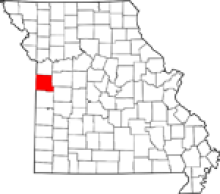Perhaps the biggest disappointment from the broadband stimulus program was its focus on middle mile investments in a bid to avoid overly upsetting powerful incumbent providers who do not look kindly upon competition (something we discussed here). Some claimed that by increasing middle mile options, the private sector will have greater incentive to invest in the next-generation broadband networks communities desperately need. While this is undoubtedly true, it ignores the biggest hurdle facing network deployers: the high cost of building the network. Reducing the operating expenses of a new network by dropping backhaul prices does very little to allow a deployer (private, public, etc) to better afford the high capital cost of building the network. To illustrate, I could greatly improve my vertical but I still would not play in the NBA (apparently, that requires talent also). Remarkably, we have a fantastic test case of what happens when a government builds massive middle-mile connections and expects the private sector to complete the last mile build: Alberta Province in Canada. Ten years ago, Alberta began building the Supernet, a massive mostly fiber backbone delivering 100Mbps into just about every town in the province (we wrote about this in the back of our Breaking the Broadband Monopoly report). Despite the fact that anyone could get affordable backhaul, a recent Calgary Herald article revealed that half a million people still only have access to dial-up. This illustrates an important lesson: by making ubiquitous backhaul available, the private sector did invest. Unfortunately, it invested only in the profitable areas and has left perhaps a larger problem behind for the public sector to solve.



